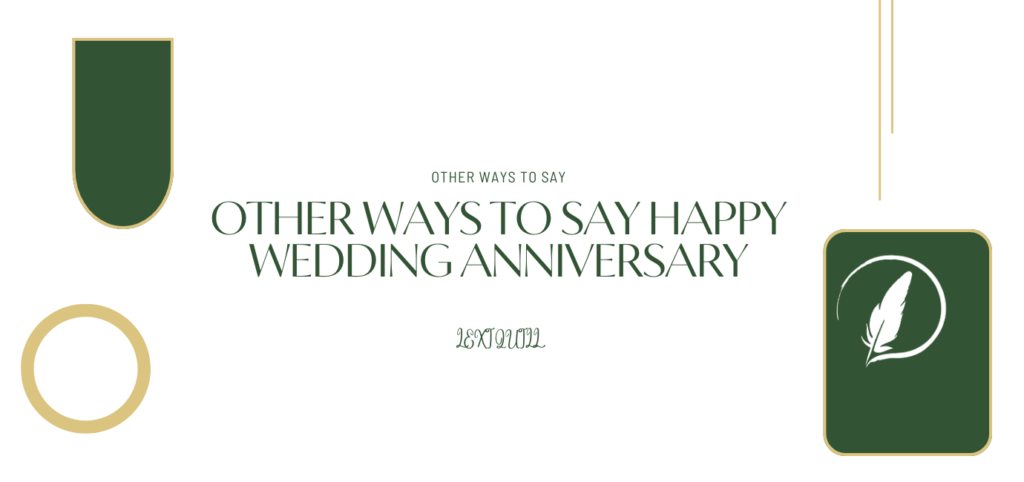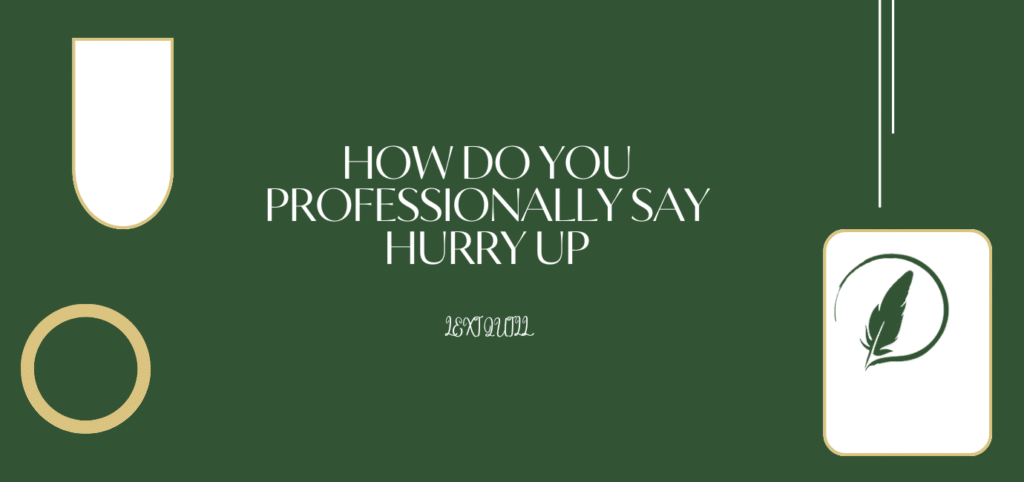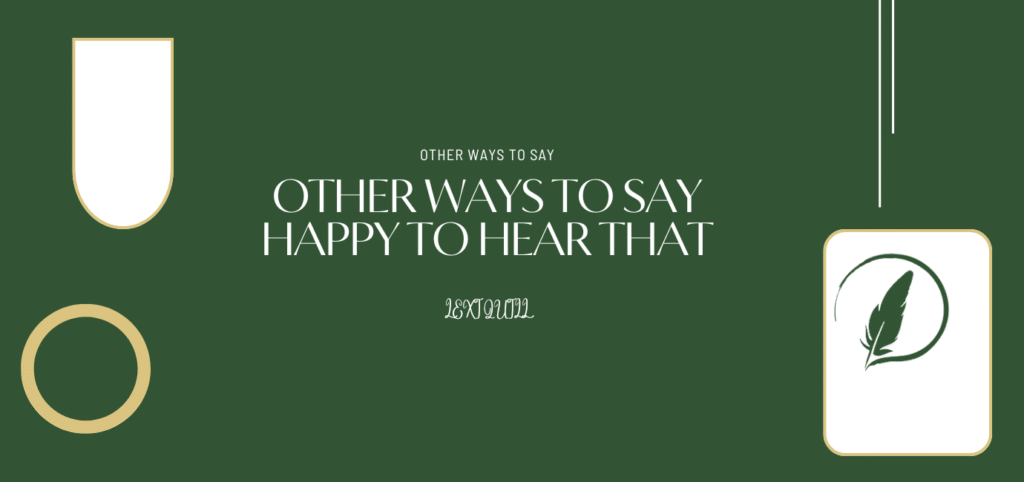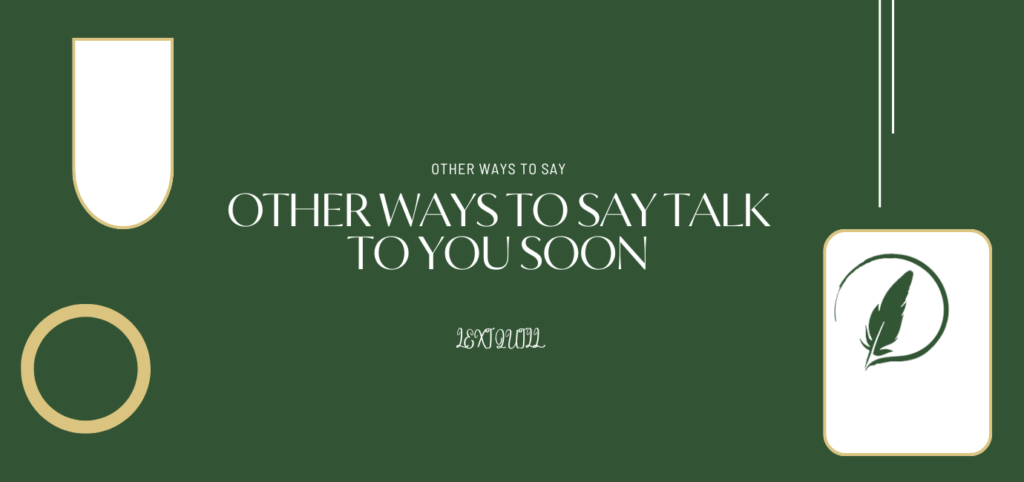“No problem” is a commonly accepted phrase used in both business and casual conversations to indicate that something was not an issue. It communicates that a task or request was easy or non-intrusive. While this phrase is effective and widely understood, incorporating alternatives into your vocabulary can help convey more warmth, professionalism, or friendliness, depending on the context. Whether you are replying to a thank-you at work, to a friend, or in a customer service interaction, using varied expressions can make your responses more engaging and appropriate.
Why Use Alternatives?
Though “No problem” is friendly and casual, it may not always be the best fit for every situation. In formal or sensitive conversations, it can come across as dismissive or overly casual. By using alternative expressions, you can match the tone of the interaction more precisely. These alternatives help personalize your response, enhance clarity, and show emotional intelligence. From professional environments to friendly chats, the right phrase can add nuance and thoughtfulness to your reply.
1. You’re Welcome
A timeless and respectful way to acknowledge gratitude. “You’re welcome” is considered one of the most polite and neutral ways to respond to thanks, making it perfect for formal, professional, and traditional settings.
Example:
“Thank you for your help!”
Response: “You’re welcome! Happy to assist.”
2. My Pleasure
This phrase conveys sincerity and enthusiasm. It suggests that not only was the request not a burden, but you genuinely enjoyed helping. It’s ideal in customer service or when you want to show a high level of courtesy.
Example:
“I appreciate your time.”
Response: “My pleasure! Let me know if you need anything else.”
3. Anytime
“Anytime” is a casual yet reassuring way to express your willingness to help again in the future. It’s friendly and implies availability.
Example:
“Thanks for picking me up.”
Response: “Anytime! Just let me know whenever you need a ride.”
4. Don’t Mention It
This response downplays the favor in a modest, humble way. It implies that the act of helping required little effort and shouldn’t even warrant thanks.
Example:
“Thanks for covering my shift.”
Response: “Don’t mention it! Happy to help.”
5. No Worries
“No worries” is easygoing and perfect for informal conversations. It implies that the favor or request was no trouble at all and that there’s no need for concern or guilt.
Example:
“Sorry for asking last minute.”
Response: “No worries! I’m happy to assist.”
6. Of Course
This phrase communicates enthusiasm and readiness to help. It also signals that your willingness to assist was natural and automatic, as though it required no thought.
Example:
“Thanks for helping me move.”
Response: “Of course! That’s what friends are for.”
7. Not a Problem at All
A slightly more polished and formal version of “No problem.” It reassures the other person that their request was no trouble and is especially fitting in customer interactions or workplace emails.
Example:
“Thanks for explaining the report to me.”
Response: “Not a problem at all! I’m happy to help.”
8. Happy to Help
This response expresses a genuine desire to be helpful. It is versatile enough for both formal and casual conversations and is great for showing positive engagement.
Example:
“Thanks for assisting with the project.”
Response: “Happy to help! Let me know if you need anything else.”
9. It Was Nothing
A modest and informal way to acknowledge thanks, “It was nothing” implies that your effort was minimal and should not be overly praised.
Example:
“I appreciate your advice.”
Response: “It was nothing! I’m glad I could be of help.”
10. Glad to Assist
This phrase is ideal in more professional settings. It combines formality with friendliness and demonstrates a cooperative spirit in team or client interactions.
Example:
“Thanks for your support during the meeting.”
Response: “Glad to assist! Let me know if you need further clarification.”
Final Thoughts
Choosing the right phrase to replace “No problem” can enhance your communication style, helping you sound more thoughtful, professional, or personable. It shows that you are paying attention to the tone and nature of the interaction. Whether you’re responding to a friend, coworker, or customer, these alternatives can make your replies more dynamic and impactful. Try integrating a variety of them into your daily conversations to make your communication both effective and engaging.








